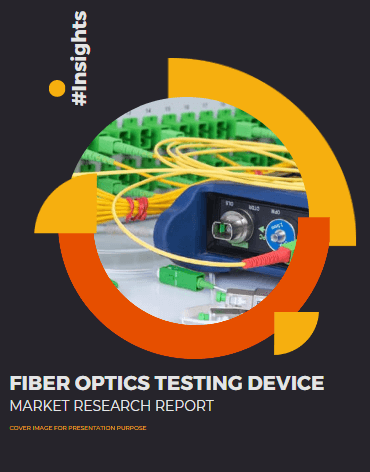Fiber Optic Sensors: Enhancing Safety, Reliability, and Efficiency

Fiber optic sensors (FOS) are devices that use the properties of light to measure physical and chemical parameters. They consist of an optical fiber, which is the sensing element, and a light source and detector, which are used to interrogate the fiber and measure the changes in the light signals that occur as a result of the parameter being measured. The use of FOS has grown significantly in recent years due to their high sensitivity, immunity to electromagnetic interference, and compatibility with harsh environments. We will discuss the manufacturing of FOS, their applications, and the opportunities they present.
1 . Manufacturing of Fiber Optic Sensors:
Fiber optic sensors are made of two types of fibers: single-mode and multimode. Single-mode fibers have a small core size that allows only one mode of light to propagate through them, while multimode fibers have a larger core size that allows multiple modes of light to propagate. The core of the fiber is surrounded by a cladding layer that reflects the light into the core. The cladding is typically made of a material with a lower refractive index than the core.
The manufacturing of FOS involves several steps. First, the fiber is drawn from a preform, a glass or plastic rod containing the desired composition and structure of the fiber. The preform is heated until it becomes molten, and then it is drawn out into a thin, flexible fiber. This process can be performed using different methods, such as vapor-phase axial deposition (VAD), modified chemical vapor deposition (MCVD), or outside vapor deposition (OVD) methods.
Global Fiber Optic Sensors Market Research Report
After the fiber is drawn, it is coated with a protective layer that prevents damage and contamination. The protective layer can be made of a variety of materials, such as acrylate, polyimide, or silicone. The coating also enhances the fiber's mechanical properties, such as tensile strength and flexibility.
Next, the fiber is prepared for sensing by removing a portion of the protective layer and exposing the core. This is typically done using a chemical etching process, which selectively removes the cladding layer without damaging the core. The exposed core is then coated with a material sensitive to the measured parameter. For example, a metal coating can detect changes in temperature or strain, while a chemical coating can detect the presence of certain gases or liquids.
Finally, the fiber is connected to a light source and detector, which are used to measure the changes in the light signal that occur as a result of the parameter being measured. The light source is typically a laser or light-emitting diode (LED), while the detector is a photodetector or a spectrometer.
2 . Applications of Fiber Optic Sensors:
Fiber optic sensors have a wide range of applications in various industries, including aerospace, automotive, civil engineering, environmental monitoring, medical diagnostics, and telecommunications. Here are some examples of their applications:
- Structural Health Monitoring: FOS can be used to monitor the structural health of buildings, bridges, and other infrastructure by measuring changes in temperature, strain, or vibration.
- Oil and Gas Industry: FOS can be used to monitor pipelines, wells, and other equipment in the oil and gas industry by detecting changes in pressure, temperature, or chemical composition.
- Medical Diagnostics: FOS can be used to monitor patients' vital signs, such as blood pressure, heart rate, and oxygen saturation. They can also be used to detect the presence of certain biomolecules, such as glucose or cholesterol, in bodily fluids.
- Aerospace and Defense: FOS can be used to monitor the structural integrity of aircraft and spacecraft and detect the presence of chemical or biological agents in the air.
- Telecommunications: FOS can be used in telecommunications to measure and monitor the performance of fiber optic networks, such as signal loss, dispersion, and polarization. They can also be used for security purposes, such as detecting intrusions or tampering with fiber optic cables.
- Environmental Monitoring: FOS can be used to monitor environmental parameters, such as temperature, humidity, and pollution levels. They can also be used to detect the presence of hazardous gases or liquids in the environment.
- Industrial Automation: FOS can be used in industrial automation to monitor the condition of machines and equipment, such as detecting changes in temperature or pressure or monitoring the level of liquids or gases.
3 . Opportunities for Fiber Optic Sensors:
- Improved Safety and Reliability: FOS can provide real-time monitoring and feedback on the condition of structures, equipment, and systems, which can help to prevent accidents and improve reliability.
- Cost Savings: FOS can help to reduce costs by minimizing downtime, reducing maintenance and repair costs, and optimizing performance and efficiency.
- Enhanced Performance: FOS can provide highly accurate and precise measurements, which can improve the performance and efficiency of processes and systems.
- New Markets and Applications: FOS are being developed for new markets and applications, such as wearable sensors for health monitoring, sensors for autonomous vehicles, and sensors for smart cities and homes.
- Integration with the Internet of Things (IoT): FOS can be integrated with IoT devices to provide real-time monitoring and control of a wide range of parameters, such as temperature, humidity, and pressure.












